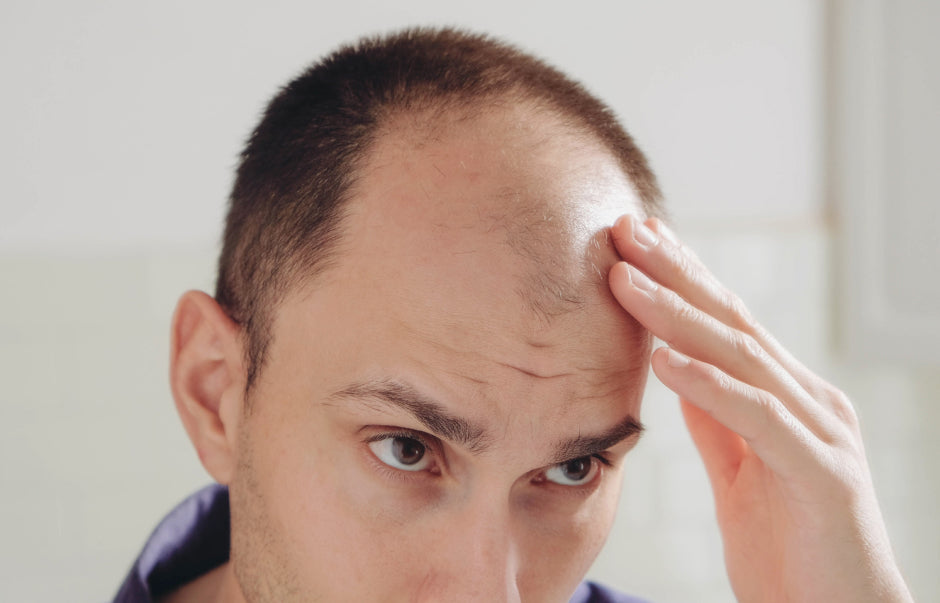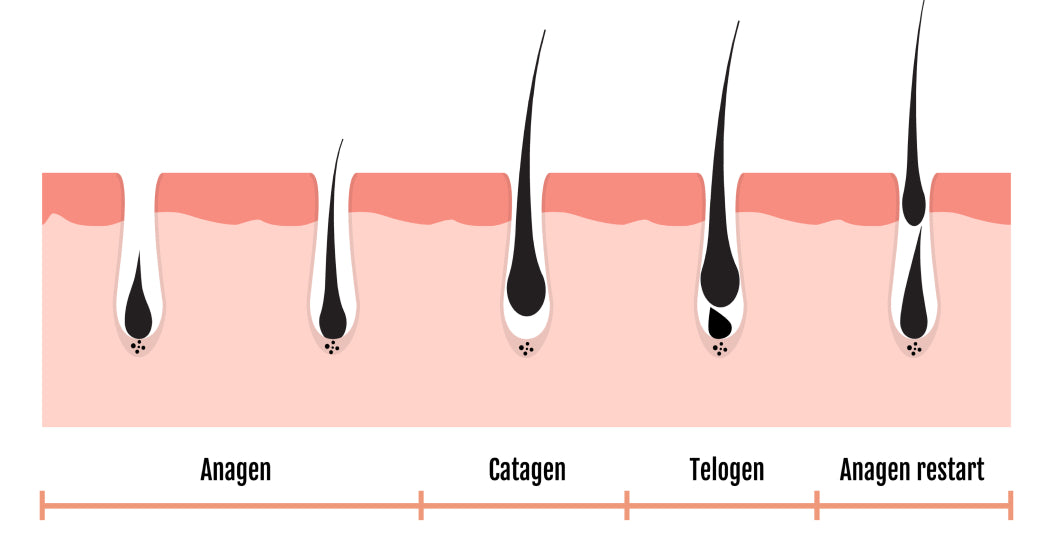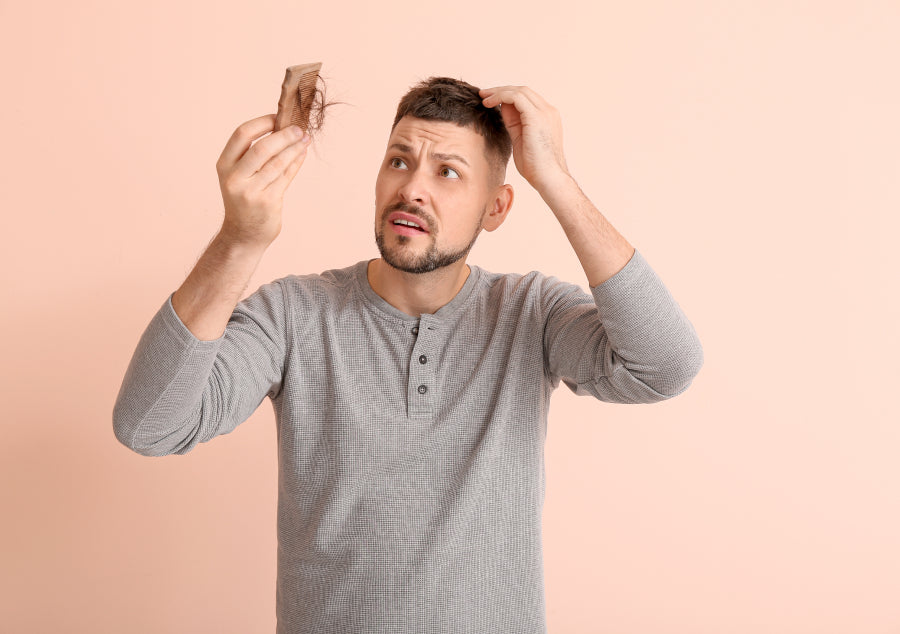For centuries, the inevitable hair retreat of many men has been both a topic of jest and concern. Why do some men sport a full head of hair well into their 70s, while others start thinning in their 20s?
If you've ever pondered this question or witnessed the early signs of hair loss, then keep reading.
Let's dive into understanding why men go bald and what can be done about it.
The Science Behind Male Pattern Baldness

At the heart of male hair loss is a combination of genetics and hormones. It's typically characterized by a receding hairline and thinning around the crown.
DHT (Dihydrotestosterone): A derivative of testosterone, DHT shrinks hair follicles, making it difficult for healthy hair to survive.
Genetics: If baldness runs in the family, there's a higher likelihood of experiencing it too.
Stages of Male Pattern Baldness
Hair loss in men often follows a pattern:
- Receding Hairline: Typically the initial sign, where the hair starts to thin at the temples.
- Thinning at the Crown: The next phase might witness thinning at the top of the scalp.
- Bald Patch: Over time, the thinning at the crown might expand, resulting in a bald spot.
- Combining Phases: The receding hairline and bald patch at the crown may eventually join.
- Full Baldness: In the advanced stage, one might lose almost all hair on top of the scalp.
Hair Loss Treatments for Men
Over-the-counter Solutions:
Mnoxidil: A topical treatment that can slow hair loss and promote hair regrowth.
Prescription Medications:
Fnasteride: A pill that can halt hair loss and potentially regrow some hair by blocking DHT production.
Hair Transplant Surgery:
For those looking for a more permanent solution, hair transplant surgeries take hair from a dense growth area and transplant it to areas with thinning or no hair.
Natural Remedies:
From aloe vera to coconut oil, some natural products might help in nourishing the scalp and strengthening hair.
Scalp Micropigmentation:
An innovative cosmetic procedure where tiny hair-like impressions are created on the scalp to give the illusion of denser hair.
Prevention is Better Than Cure
While there's no foolproof way to prevent male pattern baldness, adopting a healthy hair care routine, managing stress, and eating a nutritious diet can promote hair health.
Embracing the Bald Look
For some men, going bald is a style statement. It's about owning the look and wearing it with confidence. Remember, hair or no hair, your self-worth isn't defined by your mane.
Conclusion
Male pattern baldness, while common, doesn't signify the end of the world. With advancements in treatments and a world that's increasingly embracing diverse looks, there are countless ways to navigate hair loss. Whatever path you choose, remember to walk it with confidence.










